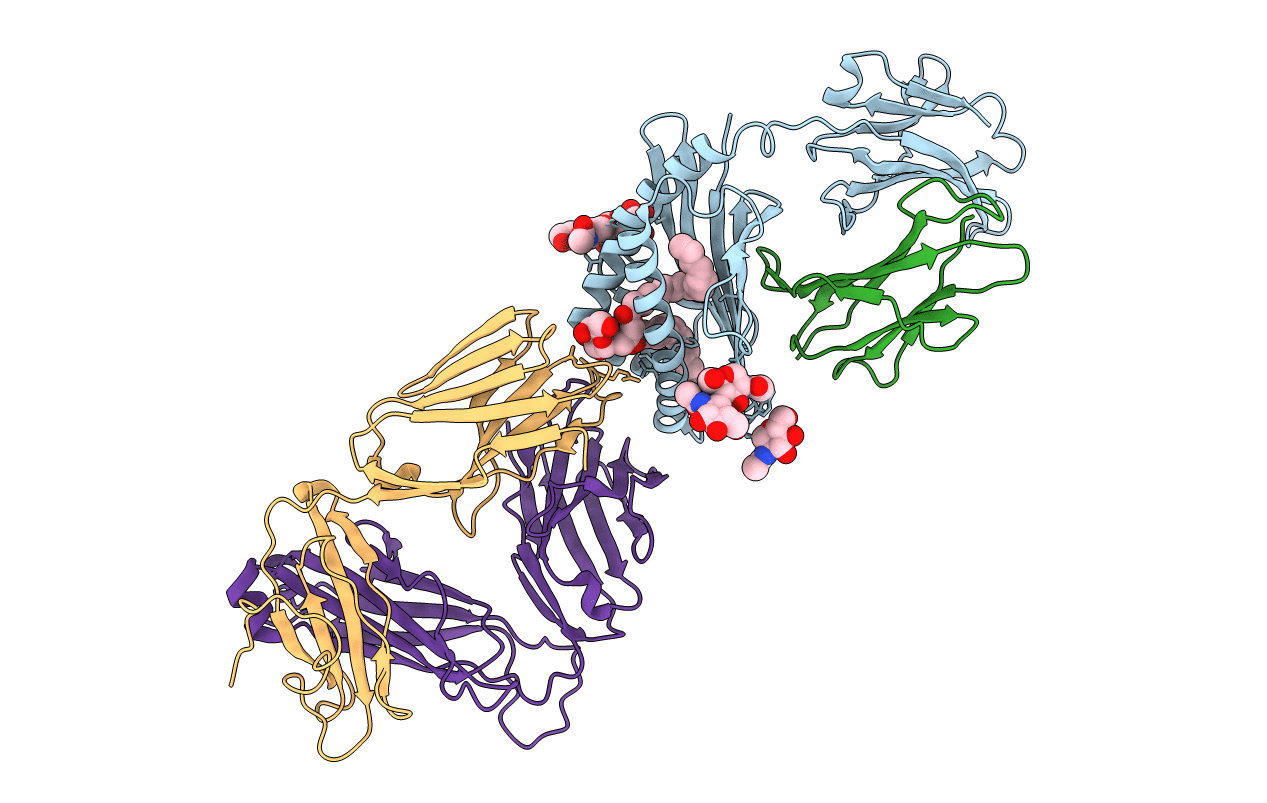
Deposition Date
2010-08-04
Release Date
2010-09-29
Last Version Date
2024-11-27
Entry Detail
PDB ID:
3O9W
Keywords:
Title:
Recognition of a Glycolipid Antigen by the iNKT Cell TCR
Biological Source:
Source Organism:
Mus musculus (Taxon ID: 10090)
Homo sapiens (Taxon ID: 9606)
Homo sapiens (Taxon ID: 9606)
Host Organism:
Method Details:
Experimental Method:
Resolution:
2.80 Å
R-Value Free:
0.25
R-Value Work:
0.19
R-Value Observed:
0.19
Space Group:
C 2 2 21


